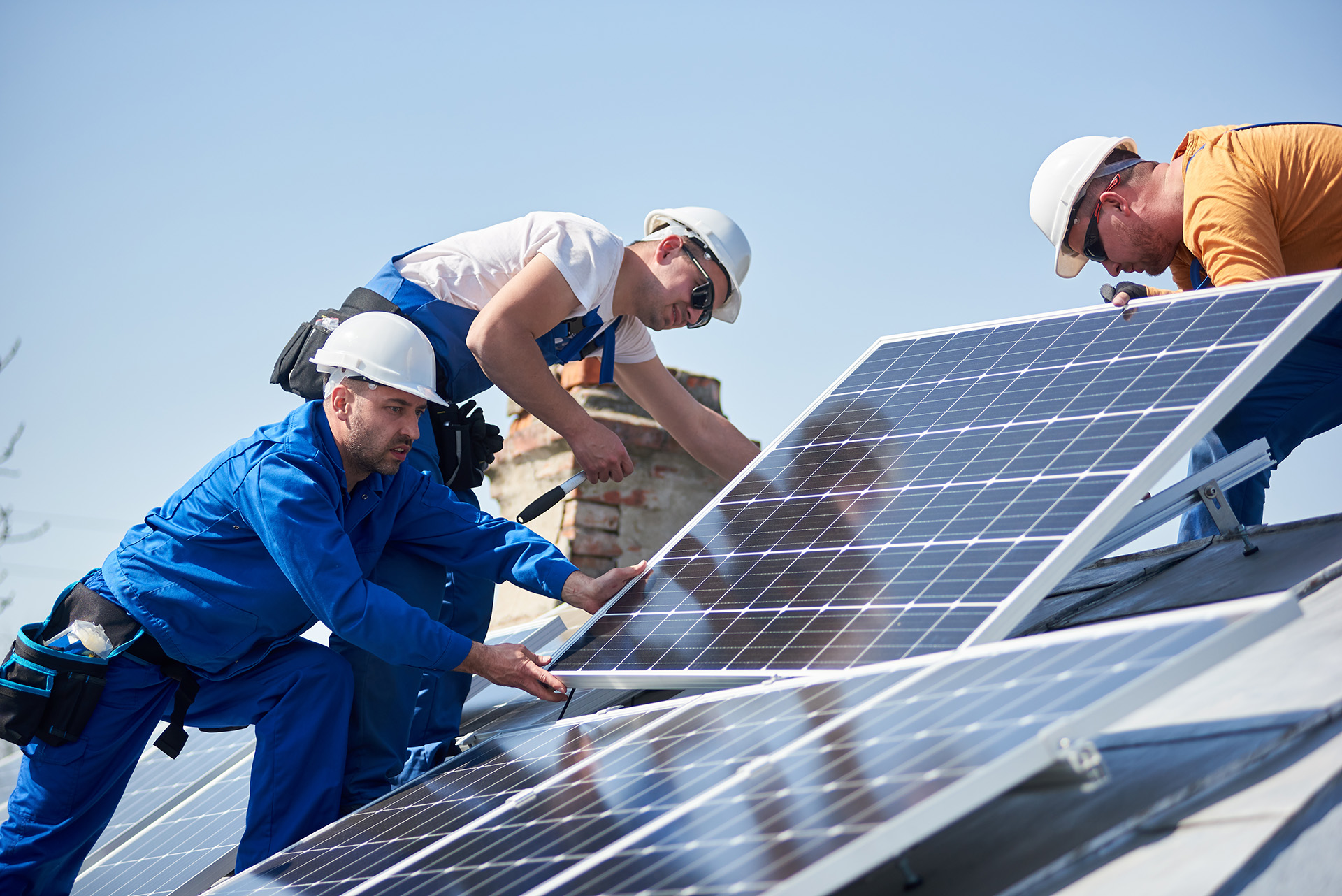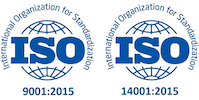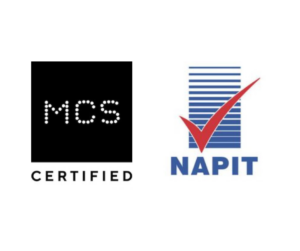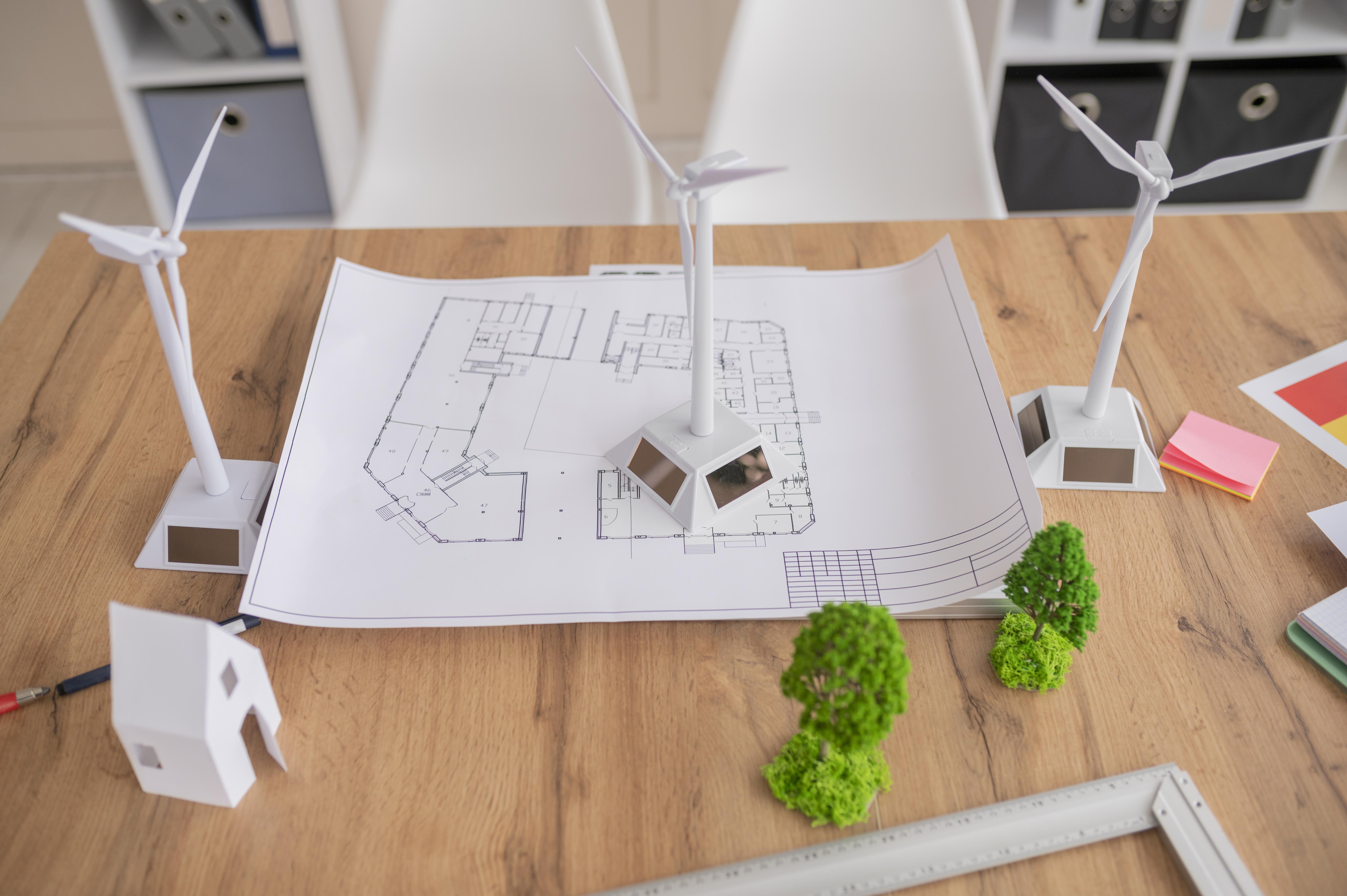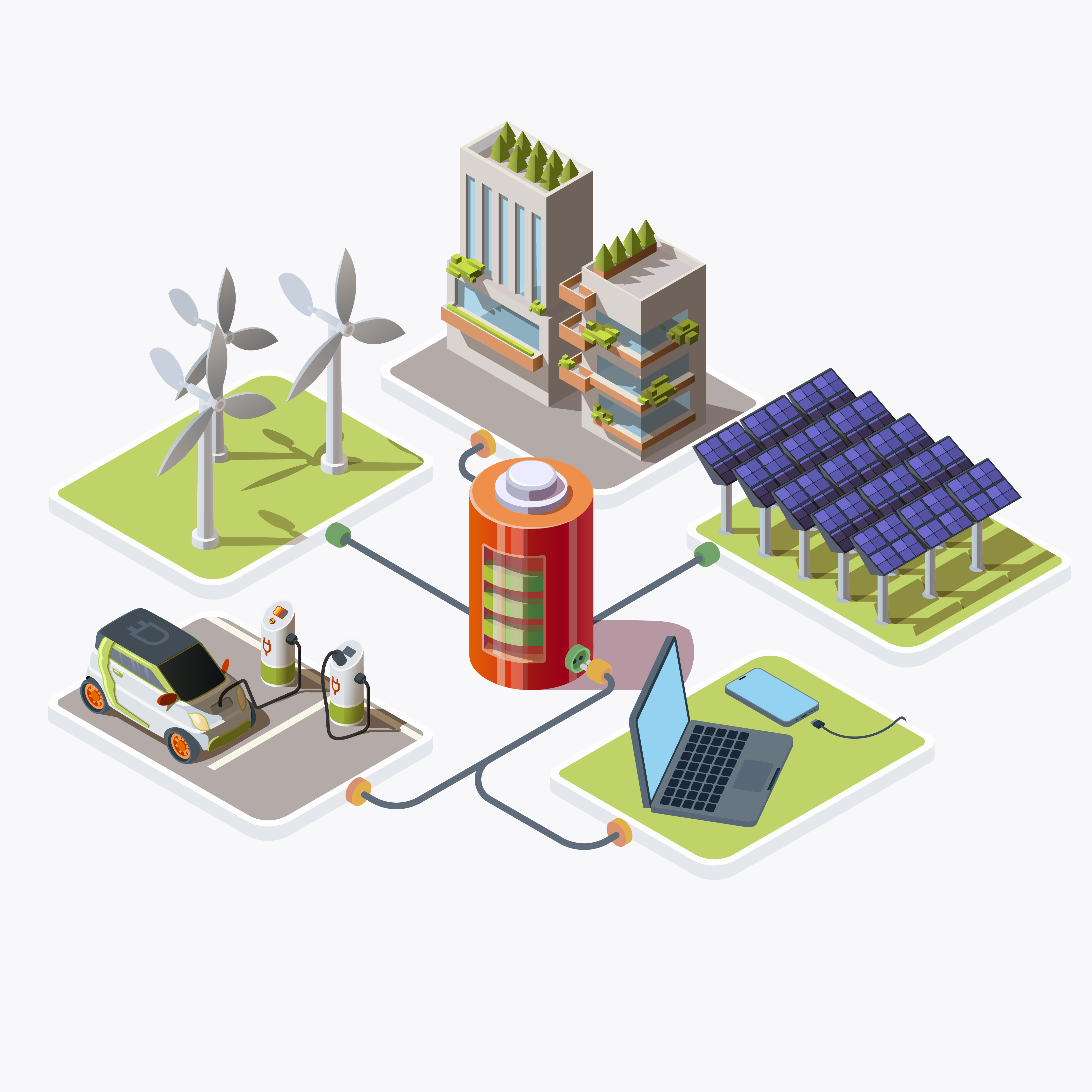Table of Contents
ToggleIntroduction
Solar panels are designed to capture sunlight and convert it into electricity. However, the amount of sunlight that panels receive varies depending on their orientation relative to the sun and their tilt angle. Optimal orientation and tilt ensure that solar panels receive maximum sunlight throughout the day, resulting in higher energy production. Solar energy has emerged as a key player in the global transition towards sustainable energy sources. As the demand for clean energy continues to rise, maximizing the efficiency of solar panel systems becomes increasingly crucial. One often overlooked factor that significantly impacts solar panel performance is the orientation and tilt angle. In this article, we delve into the importance of optimizing solar panel orientation and tilt to maximize energy production.
Factors Affecting Solar Panel Performance
The angle at which sunlight strikes the solar panel surface, known as the angle of incidence, directly affects the amount of energy that panels can capture. When sunlight hits the panel at a perpendicular angle, it is most effectively absorbed. As the angle of incidence increases, the efficiency of the panel decreases. The position of the sun in the sky changes throughout the year due to the Earth’s axial tilt. Consequently, the optimal orientation and tilt angle of solar panels vary depending on the season. Adjustments may be necessary to ensure maximum energy production year-round. The latitude and longitude of a location determine the path of the sun throughout the day. Solar panel orientation and tilt angles must be optimized based on the specific geographic location to capture the maximum amount of sunlight.
The tilt angle of solar panels plays a crucial role in optimizing energy production. Tilt angles are adjusted to ensure that panels receive sunlight at the most favorable angle of incidence throughout the day. Panels tilted towards the sun’s path maximize energy capture. The optimal tilt angle for solar panels varies depending on factors such as latitude, seasonal changes, and specific energy production goals. Various tools and calculators are available to help determine the ideal tilt angle for a given location.
Determining Ideal Orientation and Tilt
Solar pathfinder tools provide a visual representation of the sun’s path throughout the year. By analyzing the shadow patterns cast by obstacles, these tools help determine the optimal orientation and tilt angle for solar panels. Shading from nearby buildings, trees, or other structures can significantly reduce solar panel performance. It is essential to consider potential shading issues when determining the orientation and tilt of solar panels to minimize energy losses.
While optimizing solar panel orientation and tilt may involve upfront costs, the long-term benefits often outweigh the initial investment. A thorough cost-benefit analysis considers factors such as increased energy production, reduced electricity bills, and potential incentives or rebates. Calculating the return on investment for adjusting solar panel orientation and tilt involves estimating the additional energy production resulting from optimization and comparing it to the associated costs. A positive return on investment validates the economic feasibility of optimizing panel angles.
Technological Innovations
Tracking systems automatically adjust the orientation of solar panels to track the sun’s path throughout the day. These systems optimize energy capture by ensuring that panels are always positioned at the most favorable angle of incidence. Automated tilt adjustment mechanisms allow solar panels to adapt to changing sunlight conditions in real-time. These systems maximize energy production by dynamically adjusting panel tilt angles based on factors such as sun position and weather conditions.
While DIY adjustments to solar panel orientation and tilt may offer cost savings, they also pose risks if not done correctly. Professional installation ensures that panels are optimized for maximum energy production and compliance with regulations. Professional assessment and installation by qualified solar experts guarantee that solar panels are positioned and tilted correctly to maximize energy production. Professional installers have the expertise and tools necessary to optimize panel setups efficiently and safely.
Collective Efforts to Optimize Solar Panel Setups in Neighborhoods
Community initiatives promote collective action to optimize solar panel setups across neighborhoods and communities. By pooling resources and sharing knowledge, communities can accelerate the adoption of renewable energy and maximize its benefits. Group purchasing programs offer discounts and incentives for homeowners and businesses looking to optimize solar panel orientation and tilt. These programs leverage collective buying power to make solar energy more accessible and affordable for participants.
Technological advancements in solar panel design and materials continue to improve energy capture and efficiency. Future innovations may include self-adjusting panels and integrated tracking systems that optimize orientation and tilt automatically. Integration with smart grid systems enables dynamic adjustments to solar panel orientation and tilt based on real-time energy demand and grid conditions. Smart grid technology maximizes energy production and grid stability while minimizing costs and environmental impact.
Conclusion
FAQs
Why is solar panel orientation and tilt important for maximizing energy production?

